
- Trusted by Over 2000 Schools Nationwide
- Top-Rated PD Provider ★★★★★ 4.77
- Save with our Kits & Packages – Shop Now! →
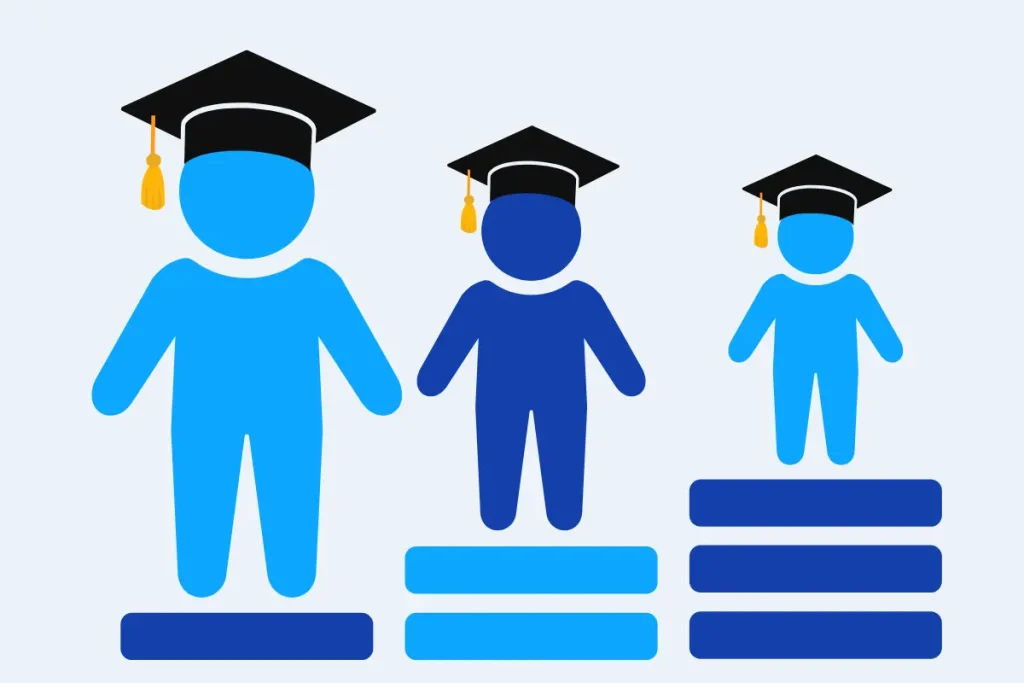
Equity in education is more than just a buzzword. It is a critical framework for creating classrooms where all students can succeed. While diversity in schools continues to grow, persistent disparities in resources, opportunities, and outcomes highlight the need for strategies that promote educational equity. In this blog, we’ll define equity in schools and share some actionable ways educators can foster equity in their classrooms, including movement-based learning strategies.
Movement isn't just for recess
Want to get started with movement-based learning right now? Enter your email to get our training manual with over 250 active math movements. No materials necessary!
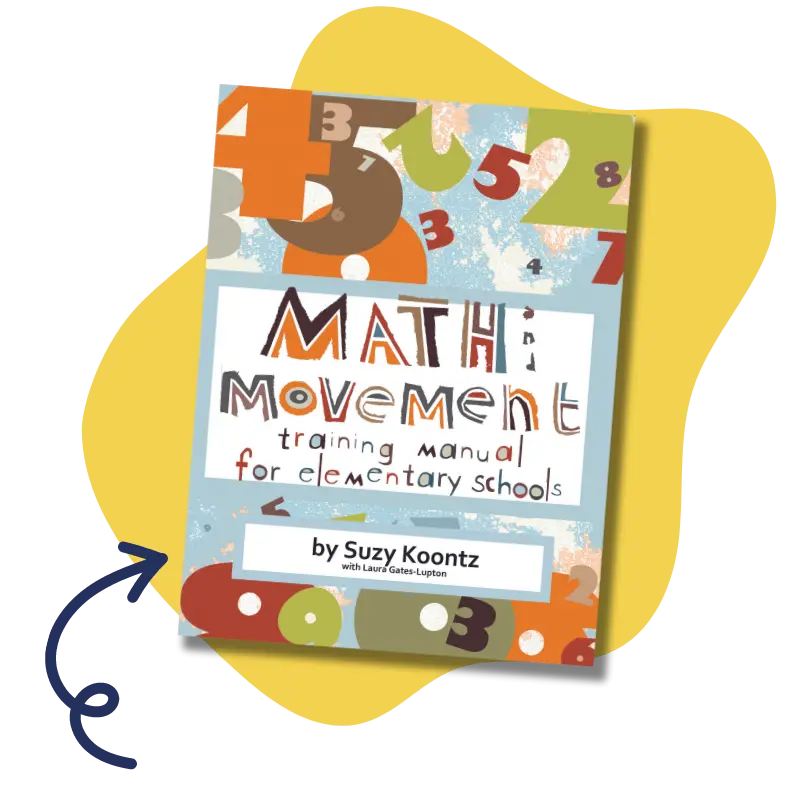
See how simple adding movement can be!
Equity in education refers to the idea of fairness. It involves ensuring every student has access to the resources, opportunities, and support they need to succeed, regardless of their circumstances or background. With school equity, every learner gets a fair chance to reach their full academic and social potential.
Equitable education systems serve every kind of student and develop each learning experience accordingly. Every student receives the support and resources they need to thrive academically, socially, and emotionally. The goal is for every student to receive the same quality of education despite individual barriers.
Some barriers to success for students in the educational system include:
Equity in education considers systemic barriers and individual student differences. Achieving educational equity means addressing disparities between students that are caused by:
The key aspects of educational equity include:
Equity in schools means creating a level playing field. The National Equity Project states that working towards school equity involves “removing the predictability of success or failures that currently correlates with any social or cultural factor.” Again, every student in the school should receive a fair chance at success.
Some students face more obstacles than others that inhibit their path to success (in addition to systematic barriers).
Some specific examples of barriers to success for students include:
Educators cannot necessarily solve every problem listed above, but they can alleviate educational equity issues by providing targeted support and encouraging systematic reform. School equity practices acknowledge that not all children have the same learning needs. Schools and teachers can help students thrive by providing accommodations based on each student’s unique circumstances.
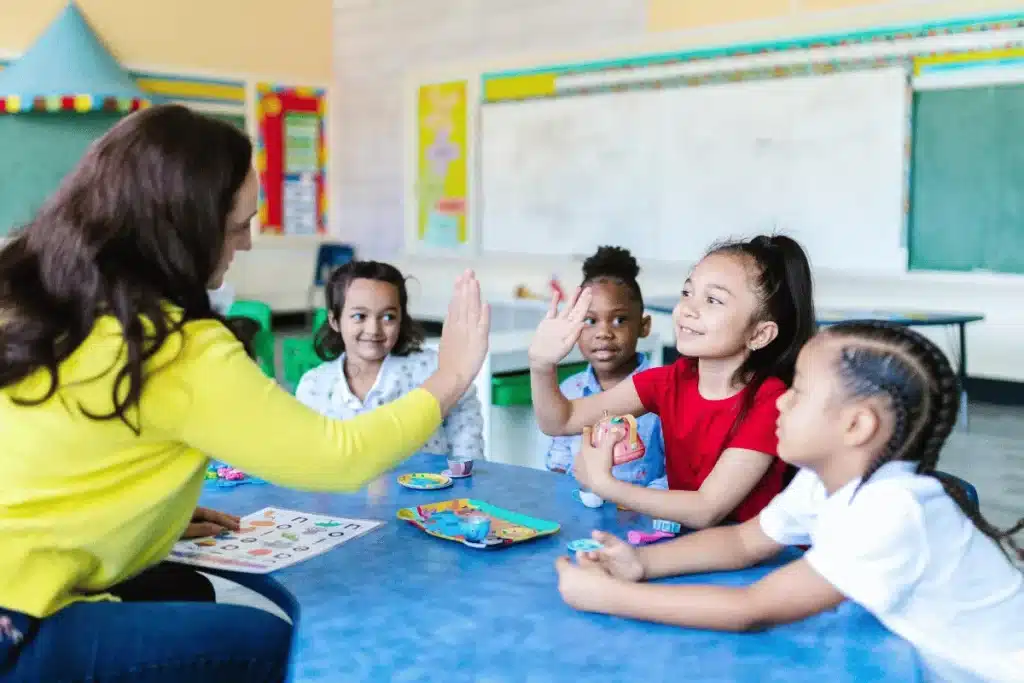
Equality means providing all students with the same educational opportunities and support. Classroom equality does not consider that each student may have different needs that require unique accommodations.
Equity in education means giving all students the same opportunities to succeed. It involves providing resources and support based on each student’s individual needs.
For example, imagine a class taking a difficult math test. If equal support was the goal, the teacher may give the entire class an additional 20 minutes to complete the test.
If equitable teaching were the goal, individual students would receive personalized accommodations to help them complete the test. For example, a student learning English as their second language may take the test in their primary language. Students with dyslexia or dyscalculia may receive additional time to complete the test.
Likewise, a student experiencing an unstable home life, bullying, or discrimination may be allowed to take the test in a separate room. The school can provide a room that is more comfortable and easier for the student to focus in.
Furthermore, a student who is performing poorly in math and facing difficulties studying at home may take the test after going through a math intervention program.
When educators address individual barriers and obstacles, and provide the appropriate resources and accommodations, each student has a fair chance of succeeding!
Equity in the classroom creates an inclusive environment that accepts every student. Everyone brings unique beliefs, experiences, identities, abilities, backgrounds, and traumas to school. An equitable classroom values this diversity.
What are some equity strategies for the classroom? First and foremost, educators should ensure they are not making assumptions about their students. Recognize that every child has had different experiences.
Next, educators can model equity for their students. Be inclusive and get to know each of your students individually. Show respect for everybody.
Establish open communication and talk to all of your students. Students follow your example and will realize that everyone is accepted.
Likewise, prioritize cultural competence. Strive to understand your students’ backgrounds and help the whole class or school appreciate different cultures.
More specifically, educators can develop class schedules around various religious and cultural holidays. Or, they could use examples in lessons that reflect your students’ cultural backgrounds. When children feel acknowledged and represented, they are more likely to be engaged in school.
Immediately address comments or behavior that are discriminatory, exclusionary, or disrespectful. Discuss why the comment or behavior was inappropriate.
Teachers can create equity in education by accommodating different learning styles. Try to present information visually, audibly, and kinesthetically.
The Math & Movement program helps educators implement a multi-sensory approach to learning. Our educational products and activities engage all types of learners and make lessons fun and interactive.
Math & Movement creates floor mats and stickers for students to move on while they learn. When students physically move on our materials during our activities, blood flow and oxygen levels increase in the brain. As a result, the brain can function at optimal levels for learning. Additionally, proteins in the brain released during exercise support the function and growth of new neurons.
The colorful, eye-catching floor mats and stickers create a visually engaging learning environment. Movement-based learning activities will engage kinesthetic learners who learn best through active, hands-on methods. Plus, all of our activities include verbal components like skip counting or reading aloud.
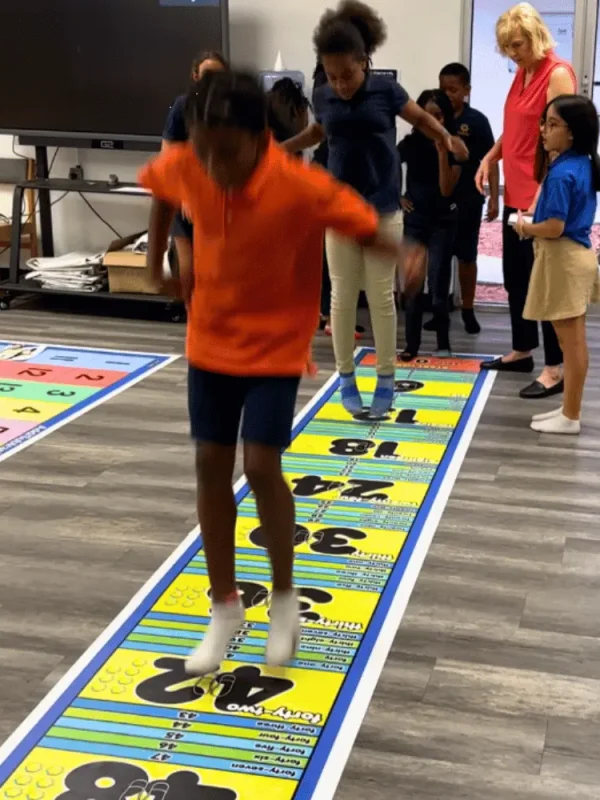
Studies show that kinesthetic learning strategies boost children’s cognitive development and enhance information retention. Adding movement to your school’s academic achievement program can help create an equitable learning environment. Even short movement breaks benefit students.
Finally, educators should continually assess student performance throughout the year. Use data to identify performance disparities and determine which students may need additional resources or interventions. Identify effective and ineffective teaching strategies so you know how to improve lesson plans and class activities.
Some specific equitable classroom practices might include:
A third-grade class in Sarasota, FL, saw a significant, positive shift in classroom culture after completing a 10-day math intervention. This intervention used Math & Movement teaching strategies for multiplication.
Not only did students improve on average by 89% across all multiples, but the performance gap between the highest- and lowest-achieving students decreased from 53% to just 10% by the end of the program.
“Students who were timid and shy and not engaging are now starting to run with the ‘big dogs.’ And now, the big dogs… they can’t gloat like they used to,” said Mr. Mills, the class’s teacher. “It makes my class way more well-rounded now.”
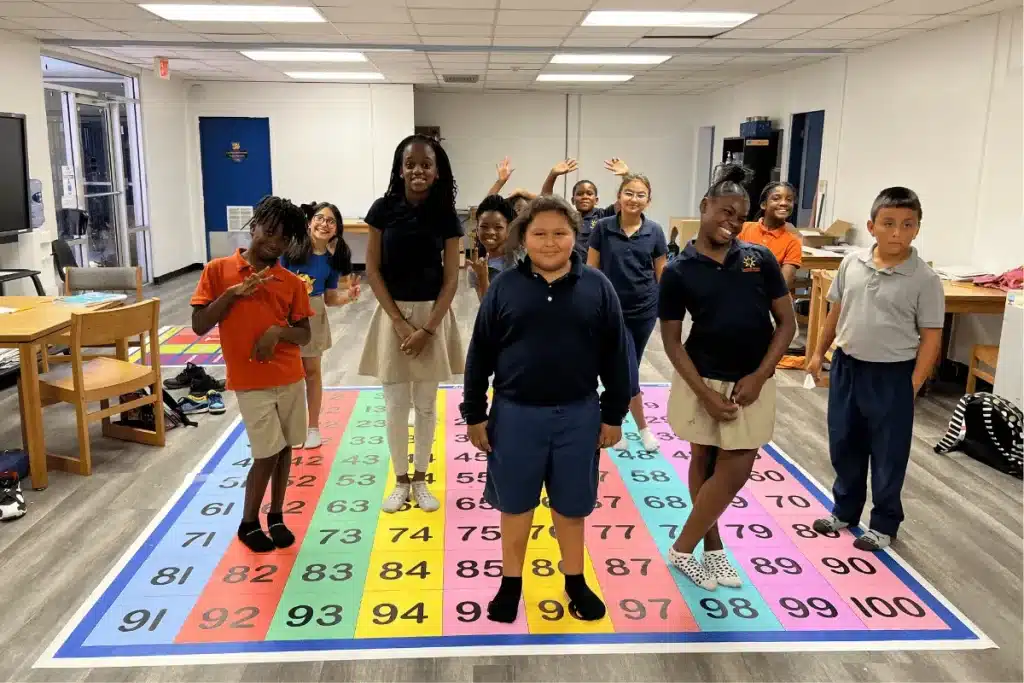
Classroom equity, including movement-based learning strategies, allows underprivileged students to overcome disadvantages. Equitable teaching strategies enable students to learn in the way that best suits their learning style. Equity in education closes achievement gaps, improves school performance, and creates successful students who become successful adults.
Movement isn't just for recess
Want to get started with movement-based learning right now? Enter your email to get our training manual with over 250 active math movements. No materials necessary!

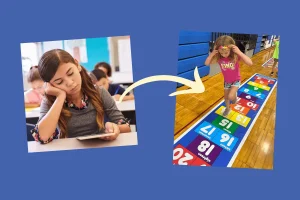
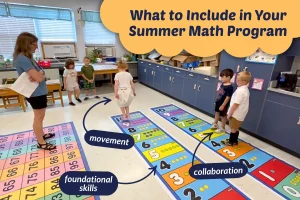

Subscribe to Our Newsletter
We never share or sell your data.
Please leave your email and a quick note for us. We will get back to you soon! In the meantime, here are answers to some of our most common questions:
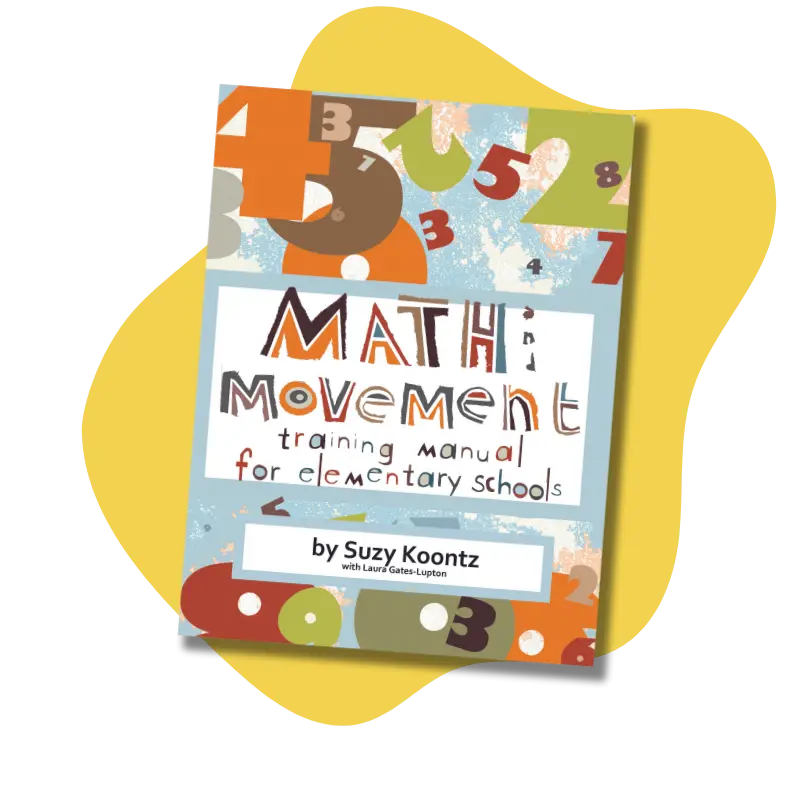
Enter your email to get our training manual with over 250 active math movements. No materials necessary!
We never share or sell your data.